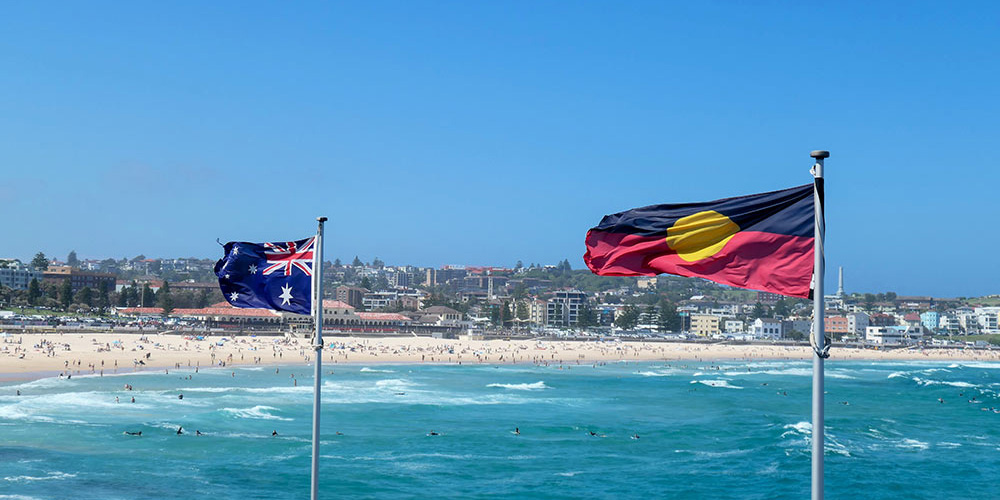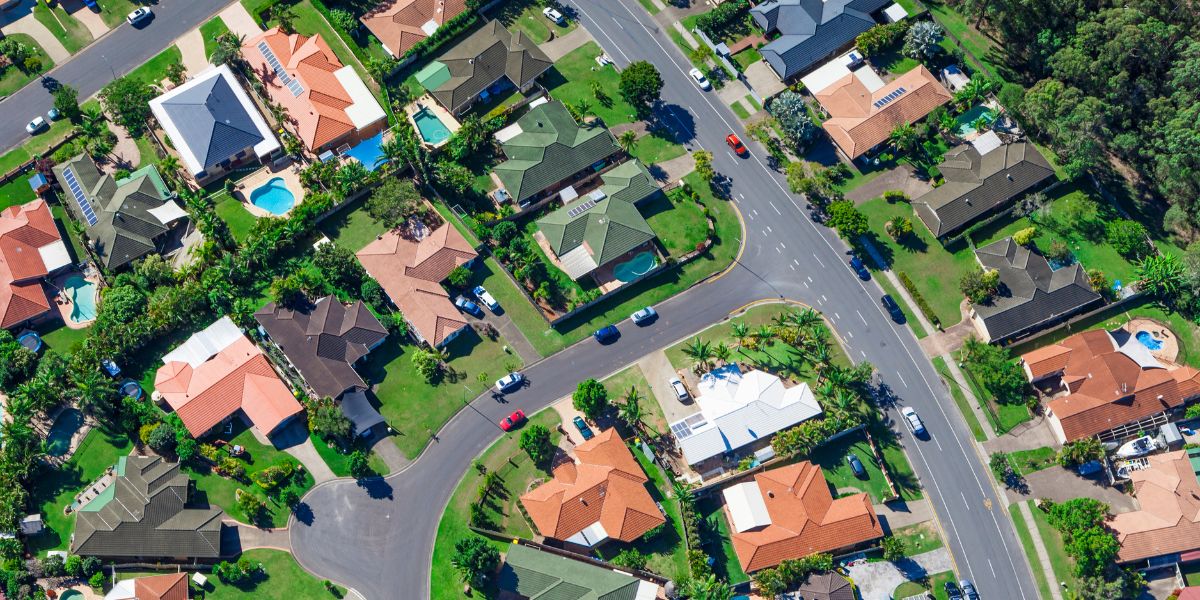Governments at all levels need a new mindset which places Aboriginal and Torres Strait Islander shared decision making at the centre of policy development, design and delivery.
Over the past four years, a movement has been underway to change how the nation approaches the gaps in life outcomes between Aboriginal and Torres Strait Islander peoples and other Australians. It started when Aboriginal and Torres Strait Islander community-controlled bodies stood up and called for shared decision making with governments.
Aboriginal and Torres Strait Islander peoples have historically been excluded from decisions of governments that directly impact on us and the communities we live in. This is despite repeated calls over many decades for our full participation and evidence demonstrating that the only way to improve our people’s health and wellbeing is with our formal involvement. We know that the majority of Australians support this.
In 2017, when governments embarked on a renewal of the “Closing the Gap” policy, we knew we had to act. Fourteen Aboriginal and Torres Strait Islander community-controlled peak bodies petitioned the prime minister, premiers and chief ministers, asking that the proposed refreshed policy not be agreed. Instead, we sought that a partnership be negotiated between our community-controlled organisations and Australian governments to then determine an agreed way forward. We had a breakthrough in late 2018 when Australian governments publicly committed to developing a formal partnership with Aboriginal and Torres Strait Islander representatives, and that through this partnership a new Closing the Gap policy would be agreed.
The fourteen organisations then became almost forty, as we brought together community-controlled peak bodies across the country to form the Coalition of Peaks. We formed as an act of self-determination and to work in partnership with governments on Closing the Gap. Our membership is now over seventy organisations, representing our peoples in areas including health, land, early childhood, education, business, housing and legal services. This is the first time that Aboriginal and Torres Strait Islander community-controlled organisations and leaders have come together in this way.
Through our initiative, we negotiated and agreed the 2019 Partnership Agreement on Closing the Gap with governments. The Partnership Agreement sets out how the Coalition of Peaks and governments will share decisions with governments on developing, implementing, and monitoring and reviewing the Closing the Gap policy for the next ten years. This is an historic achievement, but we did not pause to reflect for long and we urgently set about the task of negotiating a new National Agreement on Closing the Gap.
Signed in 2020, the National Agreement is the first intergovernmental agreement designed to improve the lives of Aboriginal and Torres Strait Islander peoples that has been negotiated and agreed with our representatives. Along with the Partnership Agreement, it represents a major disruption to previous policies and approaches in Indigenous affairs: it asserts a right of our peoples, as First Peoples, to an ongoing role in shaping and implementing public policy and programs about us and for us. It contends that if Aboriginal and Torres Strait Islander peoples share in decisions about the policies that impact on us, the decisions and the quality of programs and services that flow from them will be vastly better; take account of our needs, cultures and circumstances; and achieve better outcomes.
The National Agreement is centred on four Priority Reforms designed to challenge and change the way governments work with our peoples and communities. They are intended to address the biggest gap that our peoples face: the gulf between the political autonomy and economic resources of Aboriginal and Torres Strait Islander peoples and non-Indigenous people and the impact of governments on our lives.
Priority Reform One is about shared decision making with governments to ensure the full involvement of Aboriginal and Torres Strait Islander peoples at the national, state and local or regional level and embedding their ownership and expertise to close the gap. It is intended to take us beyond governments setting up their own structures to consult Aboriginal and Torres Strait Islander peoples, including appointing advisers, and, instead, is about formal partnership arrangements negotiated and agreed to by governments and representatives of our peoples.
Priority Reform Two is a commitment to strengthen and place our community-controlled services at the heart of delivering programs and services to our people. There is strong evidence that our community-controlled services are better for Aboriginal and Torres Strait Islander peoples, achieve better results and help make sure we get the support we need. Further, no other way of delivering and governing services guarantees Aboriginal and Torres Strait Islander empowerment and protects our identities and cultures for the long term.
Priority Reform Three is a commitment by governments to ensure that mainstream agencies and institutions that deliver services and programs to Aboriginal and Torres Strait Islander peoples undertake systemic and structural transformation to contribute to Closing the Gap. Mainstream services, and the institutions that deliver them, have potential to improve life outcomes for Aboriginal and Torres Strait Islander peoples. However, they are too often unsafe and culturally damaging to our peoples.
Priority Reform Four is a commitment to ensuring Aboriginal and Torres Strait Islander peoples have access to, and the capability to use, locally relevant data and information to monitor the implementation of Closing the Gap and drive our own development. Better access to data means that we can make more informed decisions for our futures and hold governments to account.
Each of the Priority Reforms include specific commitments to actions by all governments and they each have their own target and indicators that governments have agreed to report publicly on every year.
The Coalition of Peaks is clear though: this is just the beginning. Whilst we have seen some significant changes from governments in response to the Partnership and National Agreements, challenges remain and the path being forged is rocky. Decades of entrenched thinking that only governments know what is best for us is hard to change. It is still too easy for governments to default to the old norms where our peoples are, at best, consulted, based on terms set by government and where decisions are made behind closed doors. Governments also need to see Closing the Gap as a whole-of-government responsibility, rather than the responsibility of Indigenous affairs ministers and their department alone.
Moving the Priority Reforms from the rhetoric to reality requires governments to radically recalibrate how it approaches Indigenous affairs. This includes a new mindset which places Aboriginal and Torres Strait Islander shared decision making at the centre of policy development, design and delivery and fosters whole-of government innovation in the implementation of their commitments. The path to Closing the Gap is set out in the Partnership and National Agreements – we need the nation to take a leap forward.
Ms Pat Turner AM is an Aboriginal woman from Central Australia, the daughter of an Arrernte man and a Gurdanji woman. She is the lead convener of the Coalition of Peaks and the chief executive officer of the National Aboriginal Community Controlled Health Organisation.











